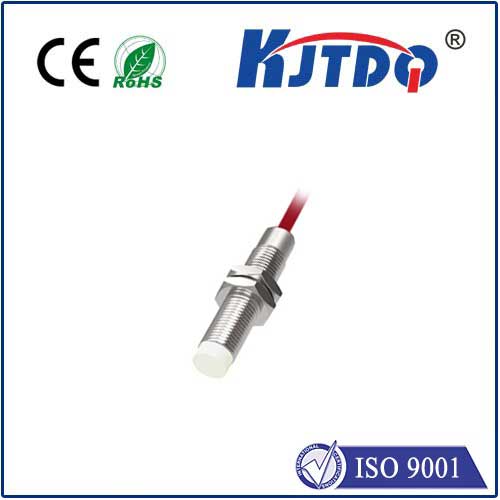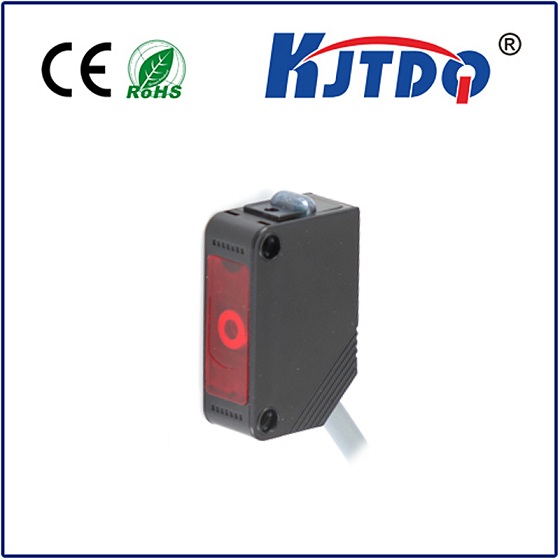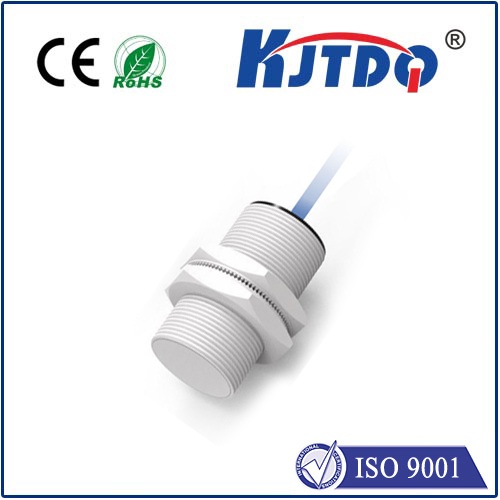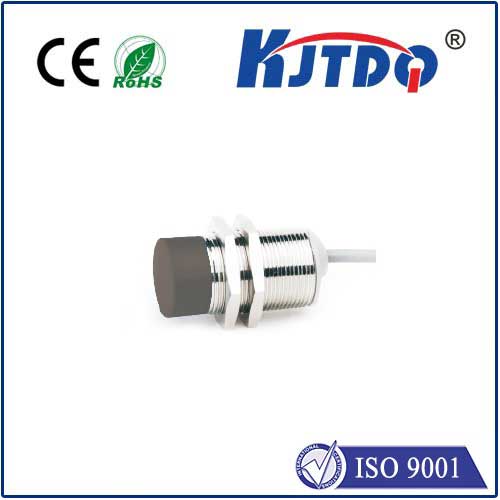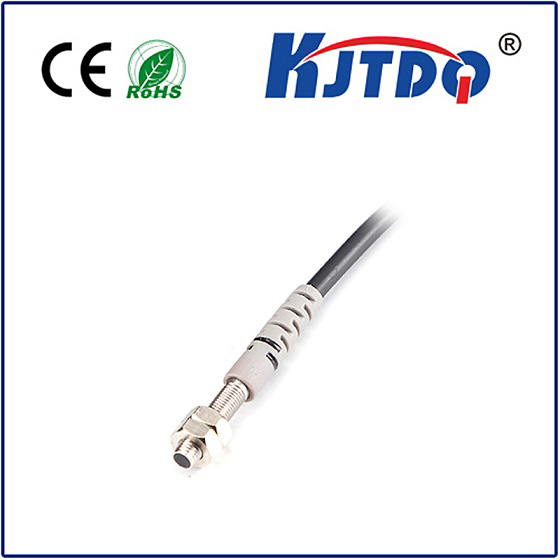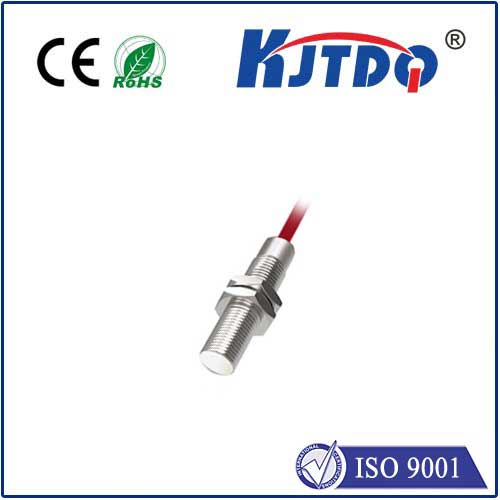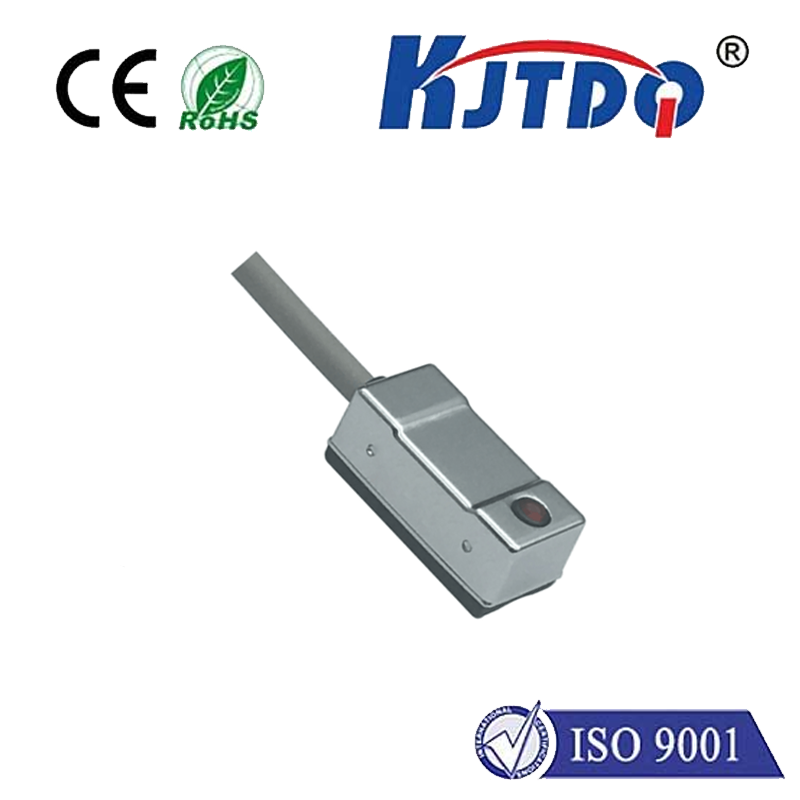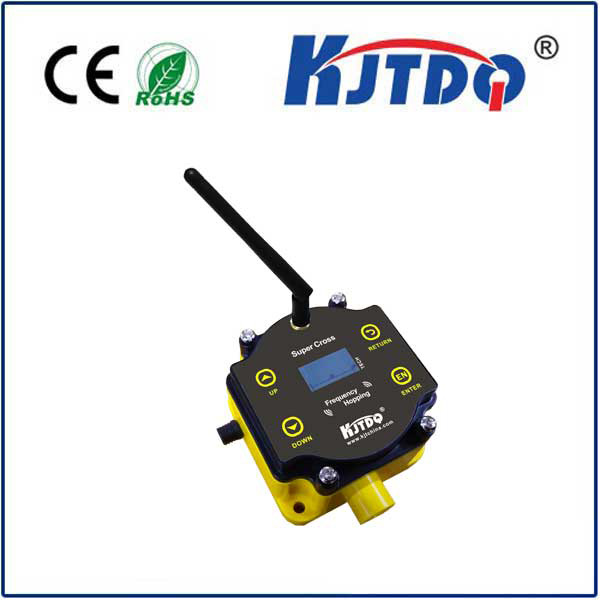digital temp sensor
- time:2025-08-24 02:37:45
- Нажмите:0
Digital Temperature Sensors: The Smart Backbone of Modern Measurement
Picture this: a costly batch of pharmaceuticals spoiled because storage temperatures drifted unnoticed. Industrial machinery overheats, causing unplanned downtime and expensive repairs. Or simply, your home thermostat struggles to maintain a comfortable temperature accurately. At the heart of preventing these scenarios lies a tiny, often overlooked marvel: the digital temperature sensor. More than just a modern thermometer, these intelligent components are fundamental to countless systems where precise thermal monitoring isn’t convenient—it’s critical.
What Exactly is a Digital Temperature Sensor?
Unlike traditional analog sensors (like thermocouples or older thermistors) that output a varying voltage or resistance requiring conversion, a digital temperature sensor integrates the sensing element and the analog-to-digital converter (ADC) onto a single integrated circuit (IC). This means its output is directly in a digital format – typically binary data representing the measured temperature value.
This inherent digital nature is transformative. Communication happens through standard serial protocols like I2C (Inter-Integrated Circuit) or SPI (Serial Peripheral Interface), making interfacing with microcontrollers (MCUs), processors, and other digital systems incredibly straightforward. There’s no need for complex signal conditioning circuits or high-precision ADCs external to the sensor.

Core Advantages: Why Go Digital?
The shift towards digital temperature sensing is driven by compelling benefits over analog predecessors:
- Simplified Integration: Direct compatibility with modern digital systems significantly reduces design complexity and component count on the circuit board. Plugging into the I2C or SPI bus is often a matter of just a few connections.
- Enhanced Accuracy and Resolution: On-chip calibration during manufacturing allows for highly accurate readings, often within ±0.1°C to ±1°C over a specified range. They also offer excellent resolution, sometimes down to 0.0625°C or finer.
- Reduced Noise Susceptibility: Digital signals traveling over short distances (like on a PCB) are far more resilient to electromagnetic interference (EMI) and electrical noise than tiny, easily corrupted analog voltage signals. This results in more reliable data in electrically noisy environments common in industrial automation or automotive settings.
- Advanced Features: Digital sensors often pack smart features into their tiny packages:
- Programmable Alerts: Set high and low temperature thresholds. When breached, the sensor can trigger an interrupt pin (critical for immediate system response like shutting down equipment).
- Multi-Channel Monitoring: Some ICs can measure temperature at multiple points (e.g., ambient and a remote diode like a CPU), simplifying thermal management.
- Low Power Operation: Many are designed for battery-powered IoT devices, offering ultra-low sleep currents and programmable conversion rates to optimize energy use.
- Non-Volatile Memory: Store configuration settings or calibration offsets even when power is off.
- Ease of Use: Software libraries and drivers are widely available for popular platforms (Arduino, Raspberry Pi, embedded MCUs), drastically accelerating development time for temperature monitoring solutions.
Where Do We Find Digital Temperature Sensors? (Applications Abound!)
The versatility and reliability of digital temp sensors make them ubiquitous across industries:
- Consumer Electronics: Precise thermal management inside smartphones, laptops, tablets, and gaming consoles protects processors and batteries. They ensure temperature monitoring in smart home devices (thermostats, fridges, ovens).
- Industrial Automation & Control: Monitoring motors, bearings, control cabinets, and processes to prevent overheating, ensure optimal operation, and trigger predictive maintenance.
- Medical Devices: Ensuring strict temperature control in incubators, diagnostic equipment, refrigeration for sensitive medicines and vaccines (critical for efficacy and safety). Wearable health monitors track body temperature.
- Automotive: Monitoring engine coolant, cabin air, battery packs in Electric Vehicles (EVs), transmission fluid, and ambient air for climate control systems. Robustness and accuracy are key.
- HVAC Systems: Smart thermostats and building management systems rely on them for efficient climate control and energy savings.
- Data Centers: Continuous monitoring of server racks and cooling systems is essential to prevent costly thermal runaway and downtime.
- Internet of Things (IoT): Battery-powered sensors in IoT devices transmit temperature data wirelessly from remote locations for environmental monitoring, agricultural sensing (soil/greenhouse temp), cold chain logistics, and asset tracking.
- Scientific & Test Equipment: Where high precision and stability are non-negotiable.
Choosing the Right Sensor: Key Considerations
Selecting the optimal digital temperature sensor involves evaluating several parameters against your application’s demands:
- Accuracy & Range: What level of precision is needed (±0.5°C? ±1°C?) and over what temperature range (e.g., -55°C to +125°C for industrial, 0°C to 70°C for consumer electronics)? Consider both initial accuracy and long-term drift.
- Interface: Does I2C or SPI best suit your system’s capabilities and speed requirements? I2C is simpler with fewer pins; SPI offers higher speed.
- Resolution: How small a temperature change do you need to detect (e.g., 0.5°C, 0.125°C, 0.0625°C)? Higher resolution provides finer detail.
- Supply Voltage & Power Consumption: Crucial for portable and IoT devices. Check operating voltage range and active/sleep currents.
- Package Size and Type: Options range from tiny surface-mount (SMD) chips for space-constrained PCBs to probe-like packages or devices with external sensor inputs (e.g., for monitoring a CPU diode).
- Special Features: Do you need programmable alerts, non-volatile memory, multi-channel measurement, or specific bus fault detection (like NXP’s alert pin)? These smart features add significant value.
- Cost: Naturally, specifications influence price. Balance performance needs with budget constraints.
The Future is Smart(er) and More Integrated
The evolution of digital temperature sensing continues rapidly. We are seeing trends towards:
- Even higher accuracy and lower power consumption for next-gen wearables and ultra-compact IoT devices.
- Increased integration, combining temperature sensing with humidity (digital humidity and temperature sensors), pressure, or air quality sensing on a single chip for comprehensive environmental monitoring.
- Enhanced digital interfaces and faster communication protocols for complex systems.
- Greater intelligence, with sensors incorporating basic on-chip processing for local decision-making or anomaly detection before sending data upstream.
- Sensor Fusion: Combining temperature data with inputs from accelerometers, gyros, etc., to provide richer contextual information for AI-driven predictive maintenance and advanced control systems.
From safeguarding pharmaceuticals and industrial machinery to optimizing the comfort of our homes and extending the battery life of our gadgets, digital temperature sensors are an indispensable, intelligent component quietly enabling efficiency, safety, and innovation across the technological landscape. Their small size belies their significant impact, making them a truly critical element in our increasingly connected and thermally aware world.


